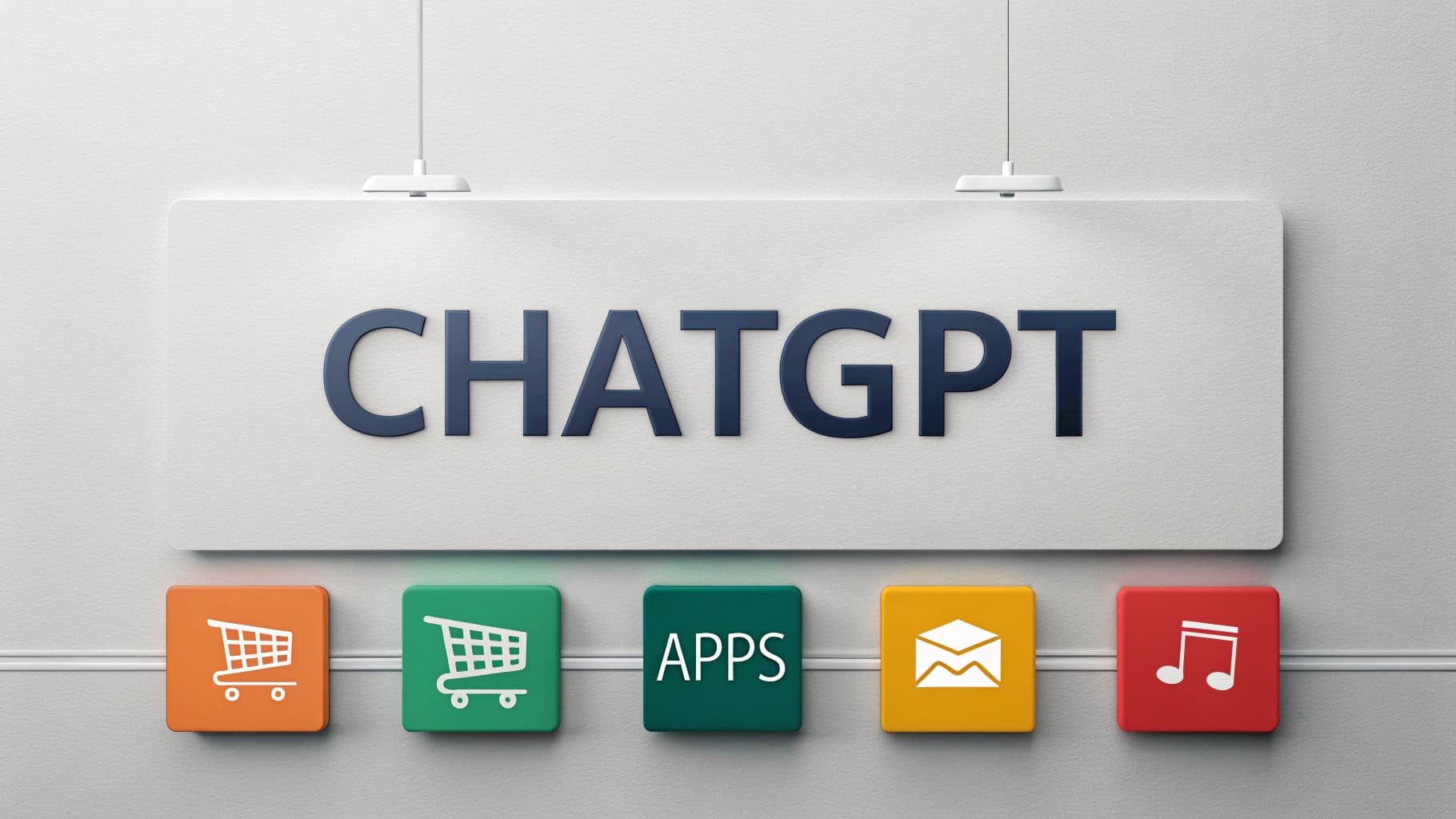
OpenAI’s ChatGPT Apps Take Aim at Amazon in E-Commerce Push
Beyond Chat: OpenAI’s New Plan to Turn ChatGPT into a Commerce Giant
At its annual developer conference, OpenAI unveiled an ambitious plan that could fundamentally reshape online shopping by integrating full-fledged applications directly into ChatGPT. This pivotal move transforms the platform from a conversational tool into a sprawling commercial marketplace, positioning it to compete with industry titans like Amazon and Walmart.
An All-in-One Platform for Shopping and Payments
This strategic shift was not made in a vacuum. The groundwork was carefully laid when OpenAI recently launched “Instant Checkout,” a smart payment infrastructure that facilitates one-time purchases through major e-commerce storefronts like Shopify and Etsy.
The introduction of apps completes this vision. These integrations act as the front end, allowing service providers such as Spotify and Figma to build their native interfaces right inside the chat window. The result is a seamless experience where users never have to leave the conversation.
A Vision that Redefines the Competitive Landscape
The list of potential partners underscores the sheer scale of this ambition. In the near future, users will be able to hail a ride with Uber, book a trip on Expedia, or schedule home services through Thumbtack-all via simple text commands. With names like Target and DoorDash also in the mix, it’s clear OpenAI aims to become the central gateway for consumer spending.
From a business perspective, this model opens up revenue streams far beyond the platform’s $20 monthly subscription fee. Much like other app stores, OpenAI is positioning itself to take a percentage of every transaction that occurs on its platform.
In this context, tech analyst Ben Thompson noted that ChatGPT is evolving into a “super-aggregator.” It not only funnels users to retailers but also leverages its vast data to provide personalized recommendations, granting it significant influence in the e-commerce world.
The Tech Giants’ Race for Smart Commerce
OpenAI is not alone in this pursuit. On the same day, Adobe released a report predicting that “AI-assisted shopping” will dominate the upcoming holiday season, with consumers turning to chatbots instead of search engines to find the best deals.
Meanwhile, a separate report from Mastercard described “agentic commerce” as a “new competitive arena” in the financial sector. Google has already launched its own competing protocol, AP2, which, despite having a broader scope, has yet to gain the momentum OpenAI has generated.
The core concept extends far beyond simple product searches. These intelligent systems, or “agents,” could soon make proactive purchases on your behalf, such as buying concert tickets the moment they are released or booking a flight when its price drops below a certain threshold.
The Final Question: Will the Public Buy In?
Despite the enthusiasm from tech companies, the most critical question remains unanswered: will consumers actually embrace this new mode of shopping?
So far, user interest in agentic shopping systems has been limited to basic product searches. However, users have not yet had the chance to experience a fully integrated system. These technologies are still in their infancy, and it will be several months before the average person can test a complete smart shopping assistant.
Ultimately, the public’s reaction, once they finally get to experience the system, will determine the fate of this major shift in digital commerce.




